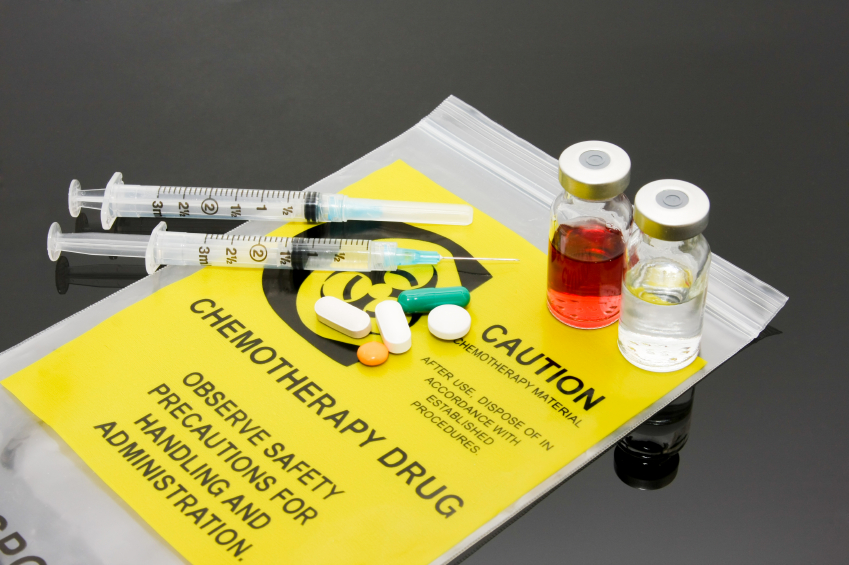MIT engineers, in collaboration with scientists from Brigham and Women’s Hospital and Novo Nordisk, are developing a drug capsule technology that could allow the oral delivery of monoclonal antibodies, or other large protein-based drugs that normally have to be injected, for diseases ranging from cancer, to rheumatoid arthritis, to Crohn’s disease. The new technology is a type of self-injecting capsule, called a liquid-injecting self-orienting millimeter-scale applicator (L-SOMA), which is swallowed, and then effectively injects the liquid medication directly into the stomach wall. In large animal preclinical models, investigators used the technology to deliver four commonly injected medications, including a monoclonal antibody.
“Although it is still early days, we believe this device has the potential to transform treatment regimens across a range of therapeutic areas,” said Ulrik Rahbek, vp at Novo Nordisk, who, together with Giovanni Traverso, PhD, the Karl van Tassel career development assistant professor of mechanical engineering at MIT and a gastroenterologist at Brigham and Women’s Hospital, is co-senior author of the team’s published paper in Nature Biotechnology. “The ongoing research and development of this approach mean that several drugs that can currently only be administered via parenteral injections (non-oral routes) might be administered orally in the future. Our aim is to get the device into clinical trials as soon as possible,” Rahbek noted.
The new L-SOMA technology is described in a paper titled, “Oral delivery of systemic monoclonal antibodies, peptides, and small molecules using gastric auto-injectors.”
While oral drug delivery is a simple, noninvasive way for patients to take their medicines, most large protein drugs can’t be given orally because enzymes in the digestive tract break them down before they can be absorbed. This means that monoclonal antibody therapeutics, and other biologic drugs commonly have to be injected, which isn’t so convenient, the authors noted. “Oral administration provides a simple and noninvasive approach for drug delivery. However, due to poor absorption and swift enzymatic degradation in the gastrointestinal tract, a wide range of molecules must be parenterally injected to attain required doses and pharmacokinetics … their injection-based method of administration often causes healthcare professionals to delay their initiation in favor of less effective oral medications.” And patients themselves generally prefer pills, and say their quality of life can be affected when they are prescribed an injectable medication.
Although new technologies for oral delivery of biologic drugs are in development, they have their limitations, which means that they can’t be used for some widely used biologics, such as pre-prandial insulin. “We recognize today that pills are the preferred route of drug administration, not only for patients, but also for health care providers,” Traverso said. “If we can make it easier for patients to take their medication, then it is more likely that they will take it, and healthcare providers will be more likely to adopt therapies that are known to be effective … Our group focuses on developing systems that make it easier for patients to receive their medications.”
Traverso and colleagues have been working on different strategies to deliver biologic drugs orally. In 2019, they developed a capsule that could be used to inject up to 300 μg of insulin. The pill, about the size of a blueberry, has a high, steep dome inspired by the leopard tortoise. Just as the tortoise is able to right itself if it rolls onto its back, the capsule is able to orient itself so that its needle can be injected into the lining of the stomach. In the original version, the tip of the needle was made of compressed insulin, which dissolved in the tissue after being injected into the stomach wall.
The new L-SOMS technology described in the Nature Biotechnology report maintains the same shape, allowing the capsule to orient itself correctly once it arrives in the stomach. However, the researchers redesigned the capsule interior so that it could be used to deliver liquid drugs, and in larger quantities—up to 4 mg. This contrasts with their original version, the SOMA, which injects solid medications, but does not work with liquid drugs….







